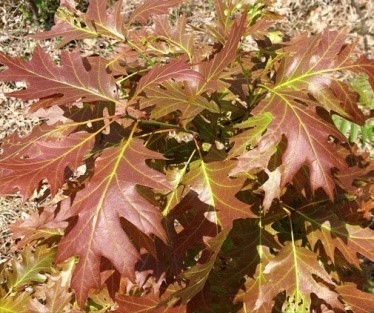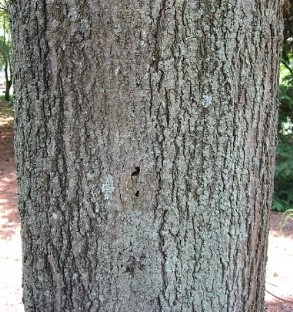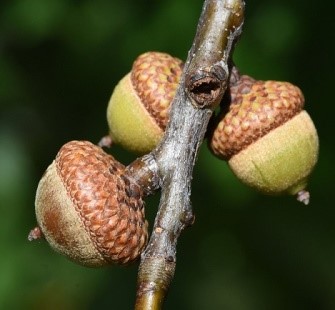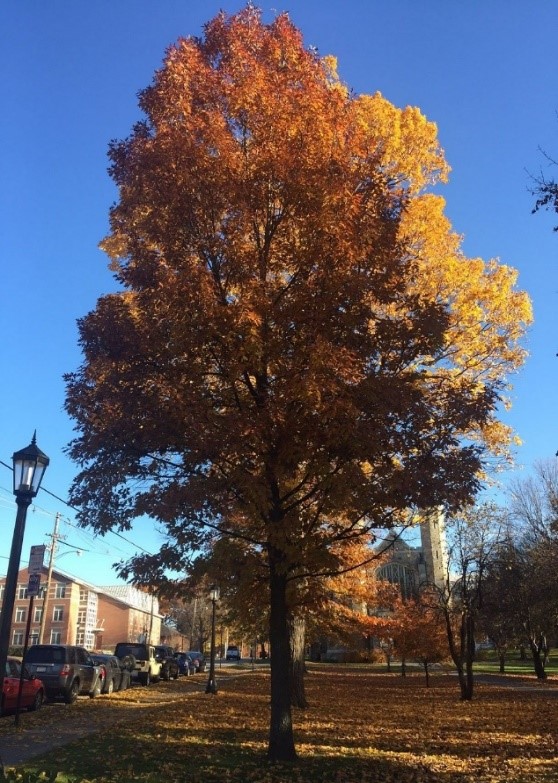Trees
Quercus rubra L.
Quercus rubra L.
Description :
This plant is a deciduous tree reaching up
to the height of 25 to 35 m with a trunk up to 50 to 10 cm in diameter. The
bark is strong and reddish grey, brown in color. Leaves are green, alternate,
shiny and smooth and shiny and are 10 to 25 cm long, and 8 to 15cm broad.
Leaves change color autumn from green red or leather brown. Male inflorescences
yellowish-green catkins and is about 10 to 20 cm long, with individual flowers
are less than 3 mm. Female flowers are 3 mm long and are oval in shape oval.
Pollination occurs with the help of wind. Fruit is flat from the top and about
2 to 4 cm long and 2 cm wide, fruit has a single-seeded nut known as an
“acorn”. Trees do not normally flower until they are about 20 years old and do
not usually produce abundant nuts until they are about 40 years old.
Distribution :
It is native to North America. It was introduced
in Europe in early 1960’s. Since then, this plant has been cultivated in parks,
gardens, arboreta, trials, as well as forest plantations in all over Europe. It
can also be found in Pakistan; it was cultivated in Pakistan at hill stations
up to the height 2200m. It prefers to grow well in areas of light snowfall.
Uses :
Northern red oak has been widely
cultivated as an ornamental tree because of its symmetrical shape and amazing
fall foliage. The acorns (fruit) are an important food for squirrel, deer,
turkey, mice, voles, and other mammals and birds. The tannin in the bark is
used in leather industry. The wood is very strong and has many uses in
construction industry. The acorns of red oak are eaten by deer, black bears,
raccoons, squirrels, turkeys, blue jays, small rodents and insects. During the
winter, deer also eat the buds and young twigs.
(Dyderski et al., 2020;
Schafale and Weakley 1990)



